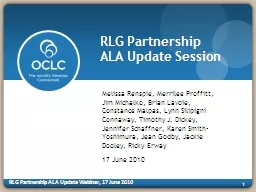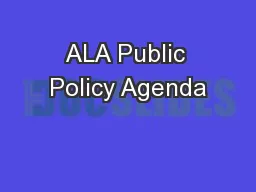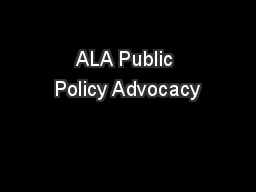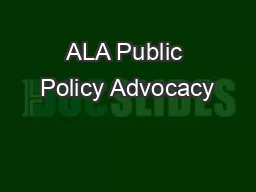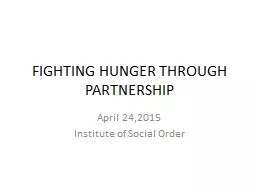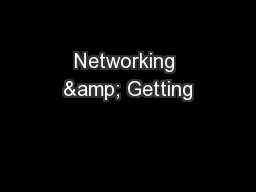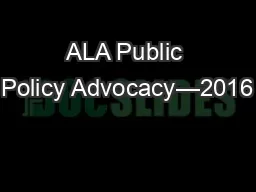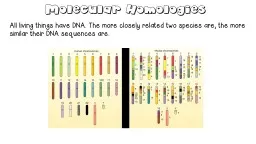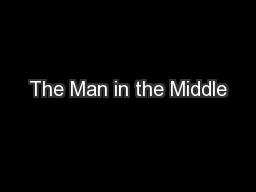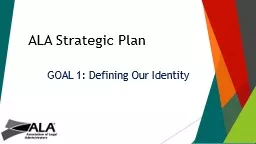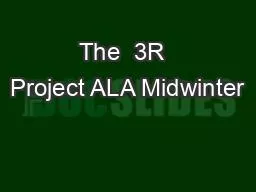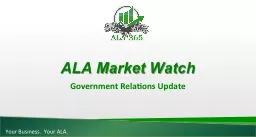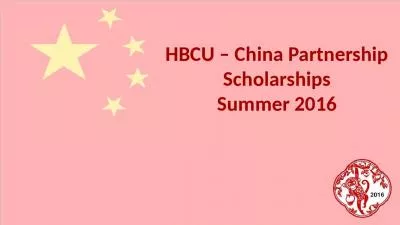PPT-RLG Partnership ALA Update Session
Author : popsmolecules | Published Date : 2020-08-03
Melissa Renspie Merrilee Proffitt Jim Michalko Brian Lavoie Constance Malpas Lynn Silipigni Connaway Timothy J Dickey Jennifer Schaffner Karen SmithYoshimura
Presentation Embed Code
Download Presentation
Download Presentation The PPT/PDF document "RLG Partnership ALA Update Session" is the property of its rightful owner. Permission is granted to download and print the materials on this website for personal, non-commercial use only, and to display it on your personal computer provided you do not modify the materials and that you retain all copyright notices contained in the materials. By downloading content from our website, you accept the terms of this agreement.
RLG Partnership ALA Update Session: Transcript
Download Rules Of Document
"RLG Partnership ALA Update Session"The content belongs to its owner. You may download and print it for personal use, without modification, and keep all copyright notices. By downloading, you agree to these terms.
Related Documents

